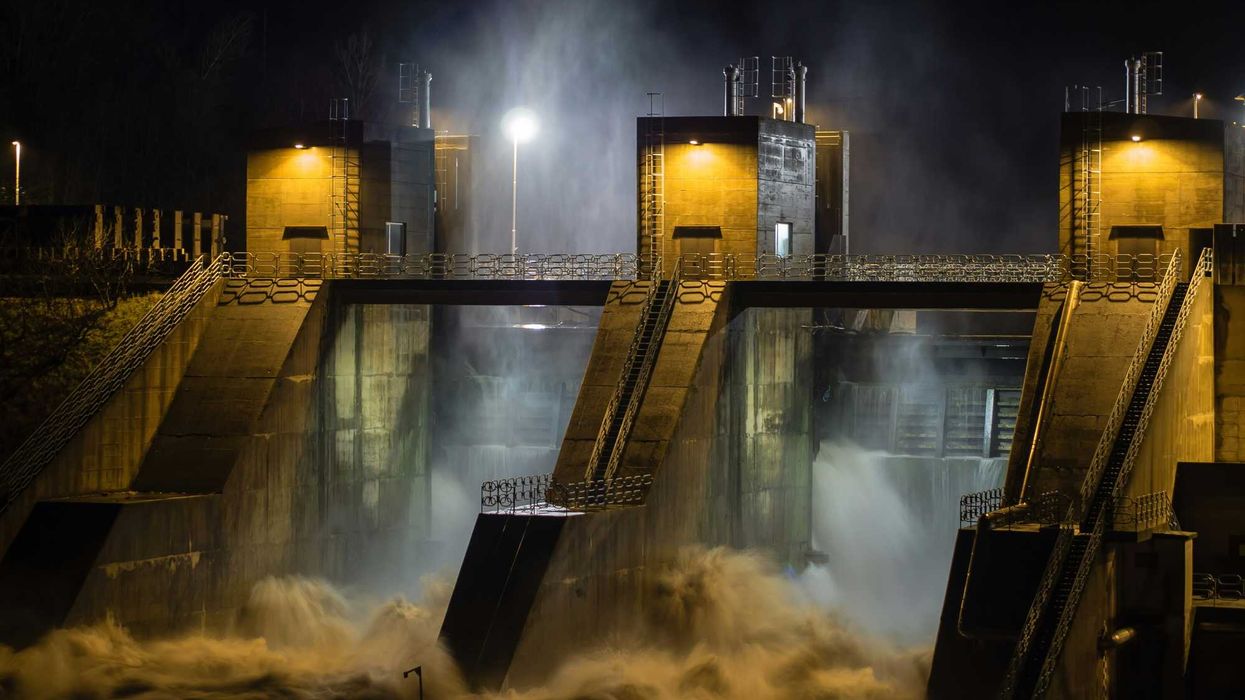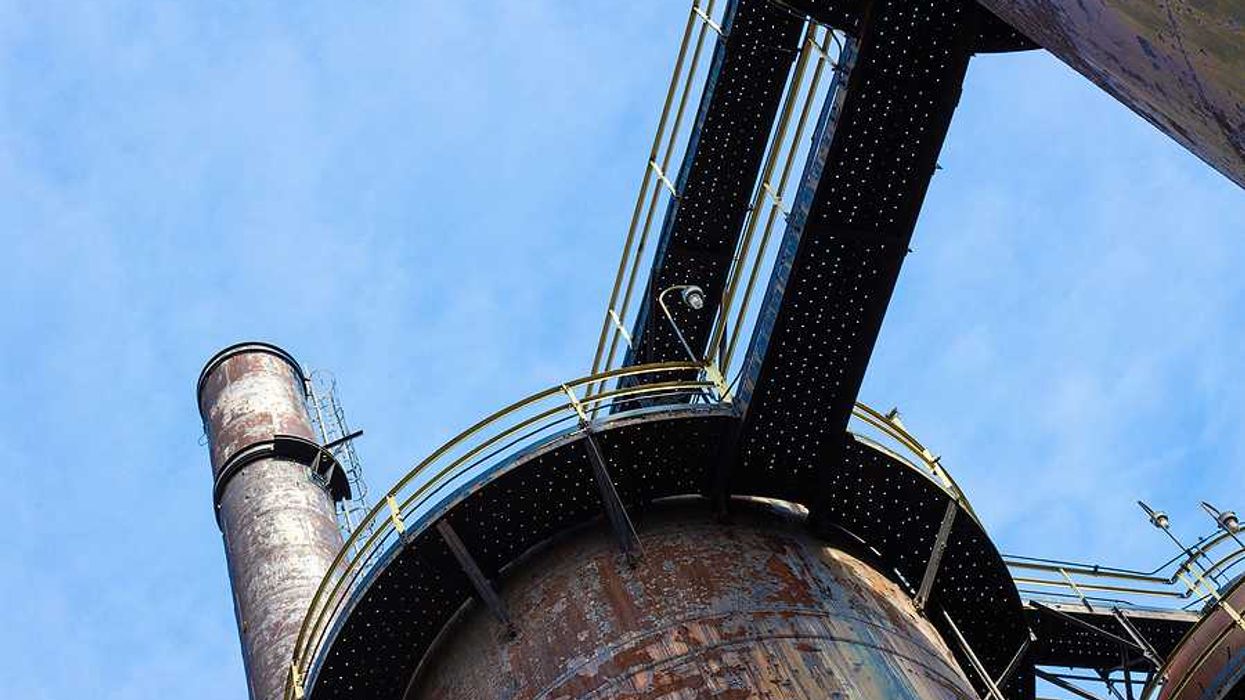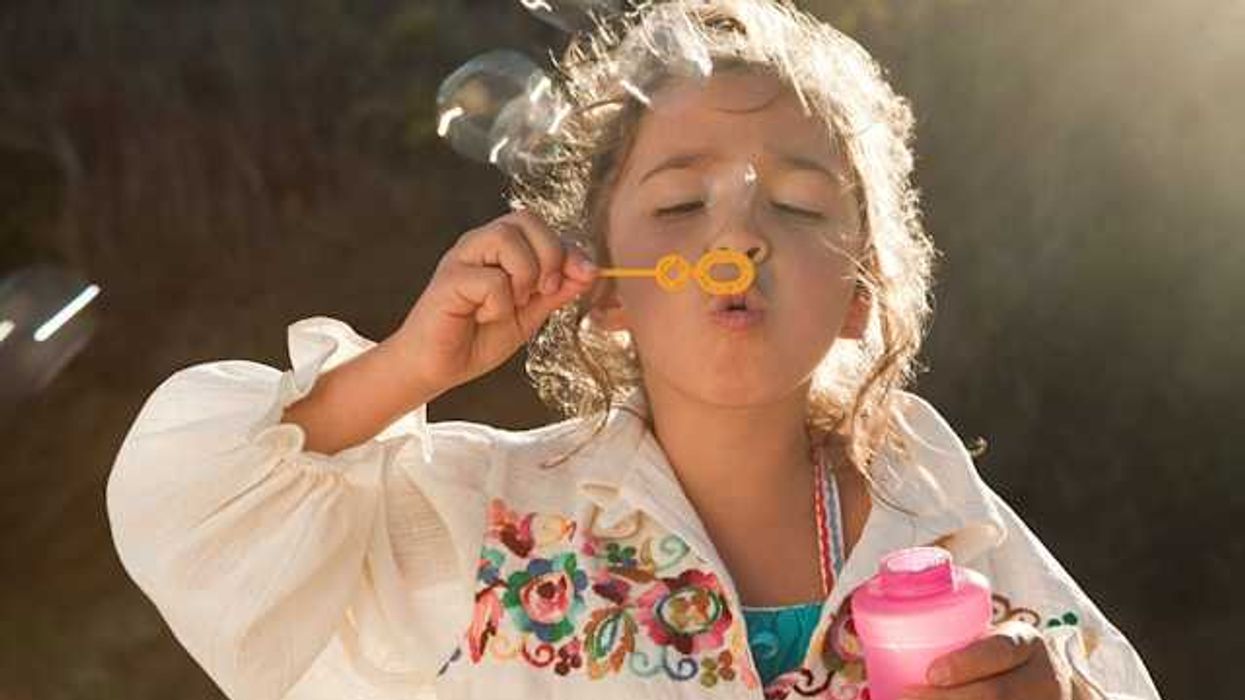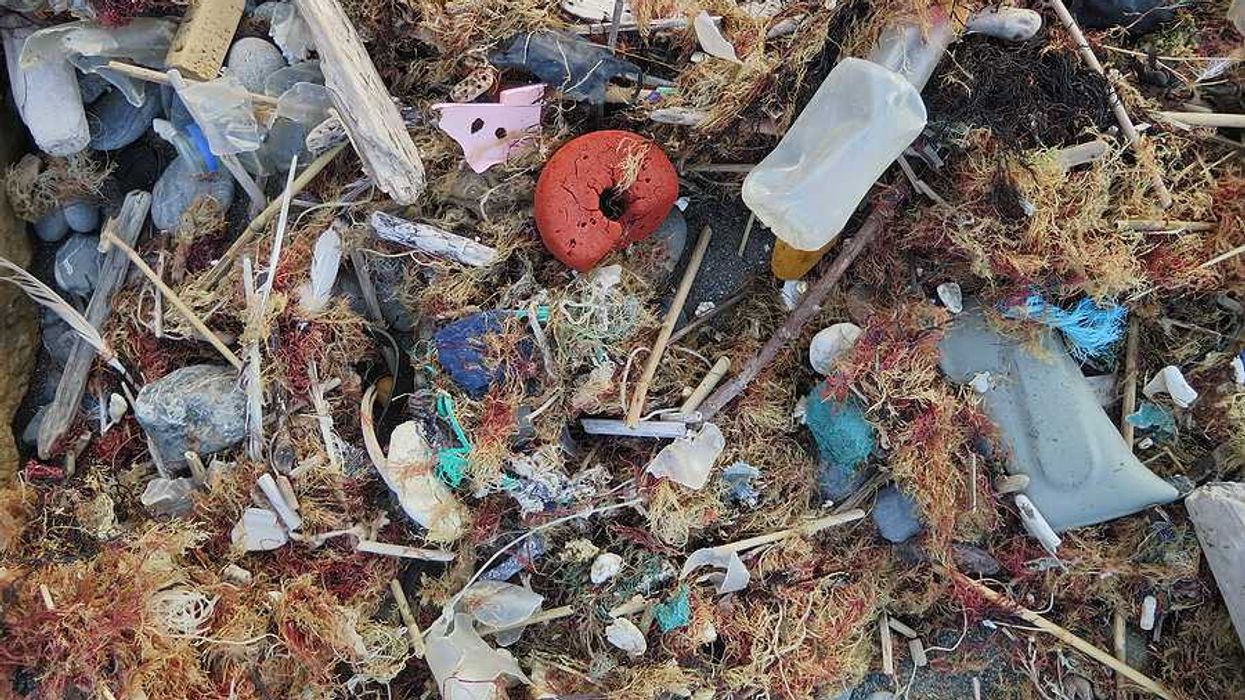A recent study reveals that, in addition to toxic chemicals, low-level radioactive waste has been dumped off the Los Angeles coast, raising significant environmental concerns.
Rosanna Xia reports for Los Angeles Times.
In short:
- Decades of ocean dumping have left a mix of DDT and radioactive waste on the seafloor near Los Angeles, discovered by UC Santa Barbara researchers.
- The dumping, peaking in the 1950s, included waste from local hospitals and industries, with some barrels potentially closer to shore than previously thought.
- This discovery adds to the complex legacy of ocean pollution, highlighting the need for comprehensive studies and potential remediation efforts.
Key quote:
“This is a classic situation of bad versus worse. It’s bad we have potential low-level radioactive waste just sitting there on the seafloor. It’s worse that we have DDT compounds spread across a wide area of the seafloor at concerning concentrations.”
— David Valentine, researcher at UC Santa Barbara
Why this matters:
The discovery of radioactive waste alongside toxic chemicals off the Los Angeles coast is a stark reminder of the long-term impacts of ocean dumping on health and the environment.
After determining that warming water and plastic pollution disrupted fish growth, researchers created maps to identify “problem areas,” or areas of the world with many fisheries, high levels of plastic pollution, and faster-than-average ocean warming.














